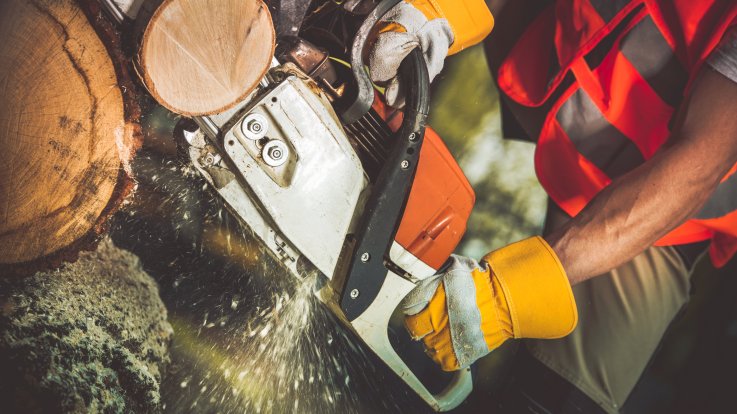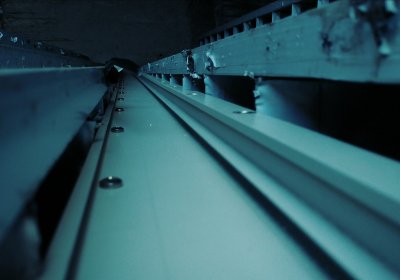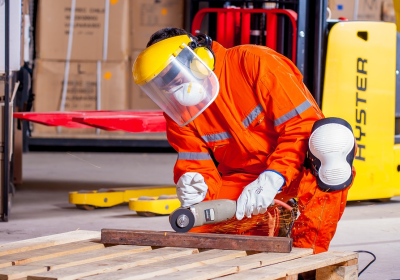Sawing machinery - types and applications

Saw is a tool invented a long time ago, which makes it easier to perform many tasks, significantly accelerating them. Most often, of course, we associate the use of a saw with cutting trees. Saws, however, are used much more often - among other things, for cutting concrete and in rescue services. Not only do they destroy, but they also nurture, not to mention that thanks to them it is possible to make artistic sculptures in ice or wood. That's why it's worth learning more about saws - their types and applications.
What is a chainsaw?
According to the definition, a sawing machine is a self-contained device, or part of a larger whole, made in the form of a serrated blade, used for transforming the materials for which the saw is cut - i.e. wood, stone, metal and other solids. Saws have different mechanical drives, the use of which determines the basic division of saws - so they can be set in motion with the help of only muscles and human effort, but their movement can also be the result of electricity, steam and so on.
It is worth noting, however, that most often the drive is electric or combustion - that is, the sawing machine is driven by an electric or combustion engine.
Combustion propulsion and electric propulsion
The internal combustion engine is used for the most part of saws, due to their practicality - there is no need to think about where to attach it in order to have access to electricity - the saw works alone, driven from the inside, and the engine is strong and durable. Access to energy is simple and unrestricted. Usually it is a two-stroke engine, i.e. two-stroke, requiring petrol and special oil. This is the biggest minus - the lack of use of oil and petrol in the right proportions leads to seizure of the drive and serious enough damage to the engine that the repair can be very costly. The use of this mix must therefore be constantly remembered - but it is still the most comfortable equipment.
As far as electric drive is concerned, the main minus has already been replaced - the range of the saw is limited by the cable and the general power supply. In some places - for example in the depths of the forest - it simply does not exist, so it is simply impossible to use this type of equipment. This translates into less interest in electric saws. However, they also have a lot of advantages - they are much more comfortable to use. Internal combustion engines throw out a lot of exhaust fumes and vibrate in the hands - their work is violent and requires force to subdue it. Electric motors run smoothly, without clouds of exhaust fumes or excessive, even deafening noise. Whoever appreciates comfort of work and is sure of constant access to the power supply chooses the electric model. Undoubtedly, however, they have a weaker power than their combustion sisters.
Mechanical sawing machines - types
Mechanical saws are devices that are driven not by the force of the hands and muscles of the people who operate them, but by the engine they contain and the whole complex mechanism. And so, because of these mechanisms, the construction of the machine and the ways in which it is used, we divide saws into chainsaws:
- gangway
- circular sawing machine
- table saw
- diagonal
- pendulum saws
- an arm saw
- panel saw
- format saw
- formatter
- a hand-held saw
- band sawing machine
- chain saw
- a jigsaw with a relatively short blade, which is fixed at one point and moves backwards and forwards in a reciprocal motion
- sabre saw
Some of them still have their own subtypes - for example, the gang saw is divided into a horizontal single saw and a vertical multi saw. One of the most popular saws is the table saw, designed so that its blade protrudes above the work table top. Panel saw, used in large furniture factories, format saw, located in small joiner's workshops and chain version, which is used mainly in felling trees and is characterized by having a chain, whose links have a shape reminiscent of the letter U, is also very popular.



Komentarze (0)
Zostaw komentarz ⇾